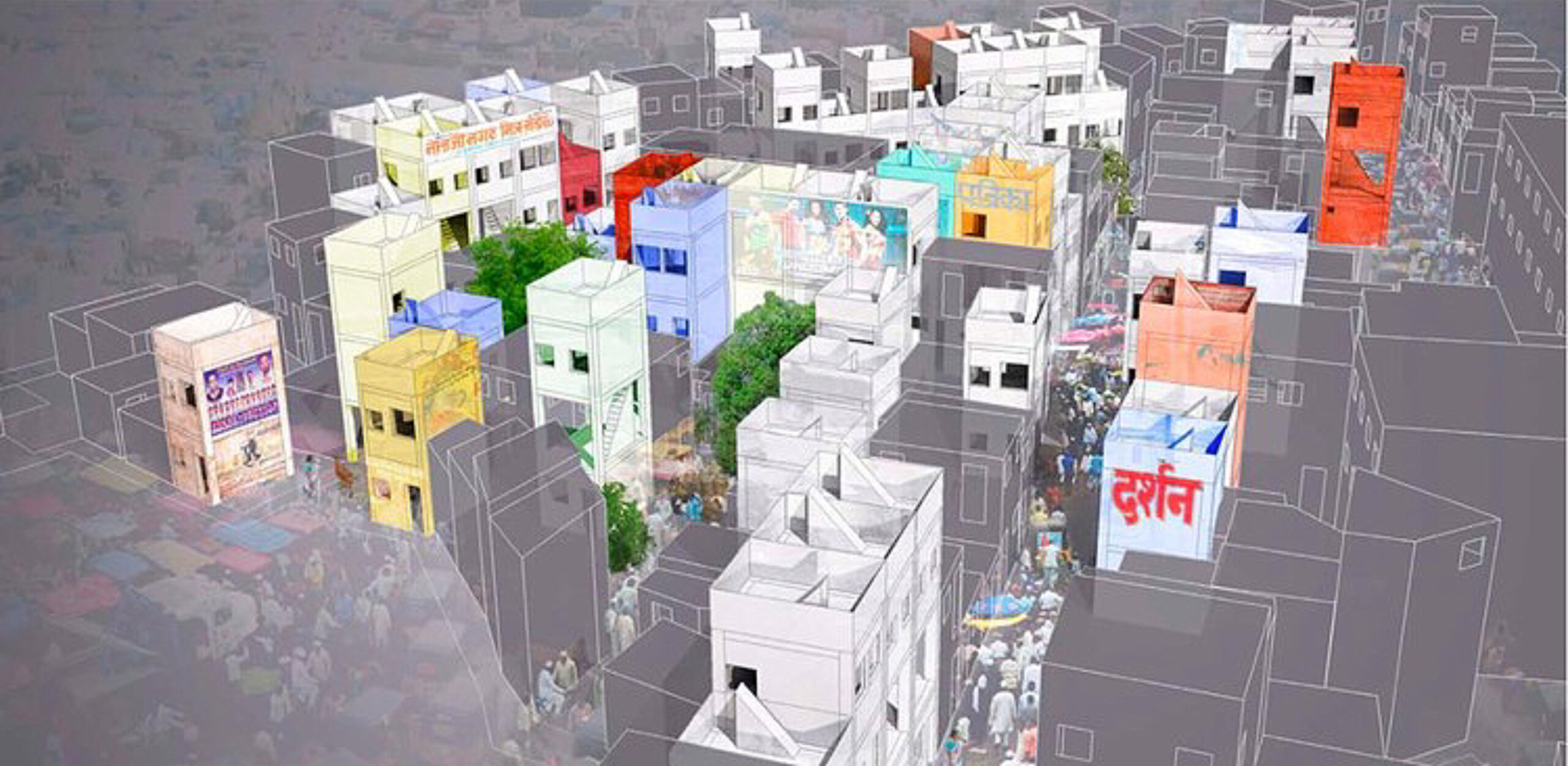| Location | Kibera, Kenya |
| Date | 2008-present |
| Implementing Agency | Peepoople |
| End User | 1200 students (product test) |
| Concept Design | Anders Wilhelmson |
| Design Team | Mikael Hedenqvist, Annika Nordin, Peter Thuvander, Björn Vinnerås, Anders Wilhelmson, Camilla Wirseen |
| Manufacturer | Peepoople in collaboration with Ekotech; Tenova Bioplastics |
| Special Adviser | Dr. Kamal Kar |
| Collaborators | Umande Trust, SEC Soweto East, Silanga Youth Group Kibera, BASF, LOWE Brindfors |
| Funders | Simavi; Vinnova |
| Manufacturing Cost | $10 for one year’s supply of bags |



top left image: Peepoo bag field test, December 2008 in Kibera, Kenya. Photo: Camilla Wirseen/Peepoople
bottom left image: The used bags collected are placed into a hole and covered with soil to make fertilizer, Mymensing, Bangladesh. Photo: Ashley Wheaton/Sustainable Sanitation Alliance
right image: Standard ring-slab latrine in Mymensingh, Bangladesh, April 2009. Photo: Ashley Wheaton/Sustainable Sanitation Alliance
When Anders Wilhelmson met with Mahila Milan, a group of women pavement dwellers in Mumbai, India, they told him they didn’t need an architect, they needed clean hygiene. On that trip, the professor of architecture at Sweden’s Royal University College of Fine Arts came up with an idea to help the 2.6 billion people worldwide without access to sanitary facilities. Wilhelmson realized that the solution should be centered on a non-infrastructure plumbing design.
He created a single-use toilet playfully named the Peepoo. The product is portable, waterless and affordable. The two-layer bag design is constructed of sanitary, degradable bioplastic that completely disintegrates within one year of being buried. After the Peepoo bag decomposes, it turns into a rich-fertile pathogen-free manure or “humanure.” The bag contains urea that kills all pathogens in the excreta within a few weeks, and the outer bag blocks odors for up to 24 hours after use. This provides a short grace period when it can be stored at home before it must be buried.
In October 2010, in Silanga Village, Nairobi’s Kibera slum, the Peepoo bag launched a distribution business plan focused on economically and socially empowering women. “The more autonomy that the communities have to decide on the service to be provided, the more sustainable the solution will be,” says Rahab Mboshi, who took charge of the drop-off and refund system. As of the 2010 launch, 1200 students from two schools in Kibera are using the Peepoo bags. The waste is used as a fertilizer in the “bag gardens” at the school.
The bags will be sold on a sliding scale based on the economic buying power of the community or geographic region. A year’s supply for one person is estimated at $10. Additional testing in Bangladesh and Haiti received overwhelmingly positive feedback.
This is not a final solution for a sanitation issue that impacts 40 percent of the global population, however while billions of people await plumbing infrastructure, the Peepoo bag is helping promote public health and creating a women-centric social infrastructure.


For use, pull out the inner green bag. When done, knot the inner bag and then place inside white bag. Photo: Peepoople
A tied Peepoo bag Photo: Peepoople















READ OR LEAVE A COMMENT